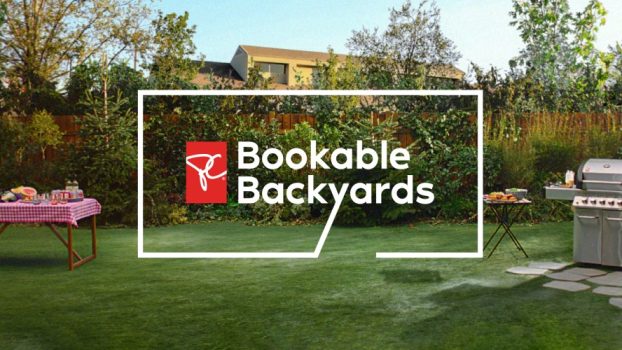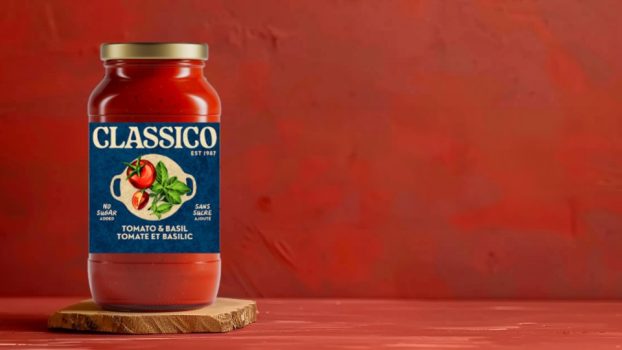Since merging with Clearnet in 2000,
Telus Mobility has gone from a seller of cellphone service to a seller of a lifestyle brand. And it’s done it while going up against not one, but two, 800-lb. gorillas in BCE and Rogers Wireless.
For keeping us excited about something as pedestrian as the cellphone through branding that breaks from the pack, Telus Mobility gets the nod as marketer of the year in the wireless category. How has Telus done it? With innovative strategy, competitive technology and some animals.
Who knew?
Telus Mobility has emerged from the wireless wars with what may be the most recognizable brand among its competitors. What is remarkable is that in what is a de facto commodity market, the company hasn’t tried to be the cheapest solution and focuses a bit more on higher-end users. ‘We’re less interested in the low-end price market because we think it takes the industry to a point where it can’t deliver good value,’ says Rick Seiffedine, VP marketing of the Vancouver-based company.
Despite its chosen market positioning and the cutthroat competition, Telus has managed to emerge the best performer among the big service providers, just edging out Rogers and Bell, according to Dvai Ghose, research analyst at CIBC World Markets. Telus Mobility boasts average revenue-per-subscriber per month of $23-$25 – about double that of Rogers and Bell, who are at $12-$13. And by another metric considered key in the industry, churn rate, Telus shares top spot with Bell at about 1.3%. And yet, on average Telus is the most expensive service provider of the three.
The company really came into its own late last year with the launch of its camera phone. Seiffedine says that while Telus wasn’t the first to market with camera phones: ‘We certainly looked like we had the most to say about it. In the end that is what matters the most – the impact of the communication.’
While others spoke directly to consumers about price and features, for its camera phones Telus Mobility took the somewhat risky strategy of going with a teaser campaign by Zak Mroueh, CD at Toronto-based agency Taxi. In a continuation of Telus’ signature advertising, the agency trotted out some pigs for outdoor work with the mysterious words ‘buy soap’ and ‘I love you.’ But having previously used animals (such as ducks) in a very iconic fashion, Seiffedine says brand recognition among consumers was instantaneous. ‘We didn’t even have to stick a logo on it,’ he says, adding: ‘We weren’t worried about missing a couple of weeks’ sales in order to do it right.’
The effort then blossomed into a general campaign where the pigs were shown inside the image of a phone, with taglines, expository text and branding added. After that, the pigs were used in specific executions for special holidays such as Mother’s Day or for white sales. In October 2004 the animal (or ‘critters,’ as Telus calls them) theme took another turn with the introduction of the chameleon, which, like the other animals in the past, shows up in advertisements for a variety of Telus Mobility products and services. The chameleon is representative of Telus’ push to show consumers how versatile camera phones can be.
This is the kind of strategy you can use when you successfully move your messaging away from feature selling to branding. Seiffedine says positioning Telus to appeal to consumers in the vein of a lifestyle product or service was informed by two main ideas: that too heavy a focus on technology can be intimidating to people, and that the category should move away from commodification and potentially destructive price-only competition that hurts everyone – including consumers.
Seiffedine likens Telus’ branding approach to Apple’s: ‘Apple simplifies it to the point where computing becomes a reasonable thought. They do the same with the iPod. If you can get it to the point where nature is your metaphor, it has to be simple because nature won’t tolerate a complicated metaphor.
‘So we don’t come out with product names like the ‘Motorola LMZ39583B.’ That’s an intimidating way to present technology. We think you get marks for trying to present in a way that’s clear and articulate and intelligently humorous or charming.’
Its other major marketing initiatives this year have included launching the Mike, a combination cellphone/walkie talkie primarily aimed at the business user, and the Fastap phone, which is currently arriving in market. A distinctive-looking campaign using orange and black colours and irreverent copy is being used to market the Mike. Telus says it’s the only provider of such service in North America. Ditto for the Fastap, a phone with an intuitive touchpad that promises to make text messaging easier (see ‘What Next,’ Strategy, August 2004).
Two cheers for the power of branding? Only if it works. And it’s working for Telus Mobility. Recently released results for the third quarter showed a 21% increase in revenue over the same period in 2003. Seiffedine says Telus’ tagline: ‘future friendly,’ speaks to the company always trying to get the best out of its services and products by putting a ‘human’ (or animal, if you must) face on them. Says Seiffedine: ‘We have a personality to our style of business that gets summed up by ‘future friendly’ and that’s what we’re trying to stay consistent with.’























